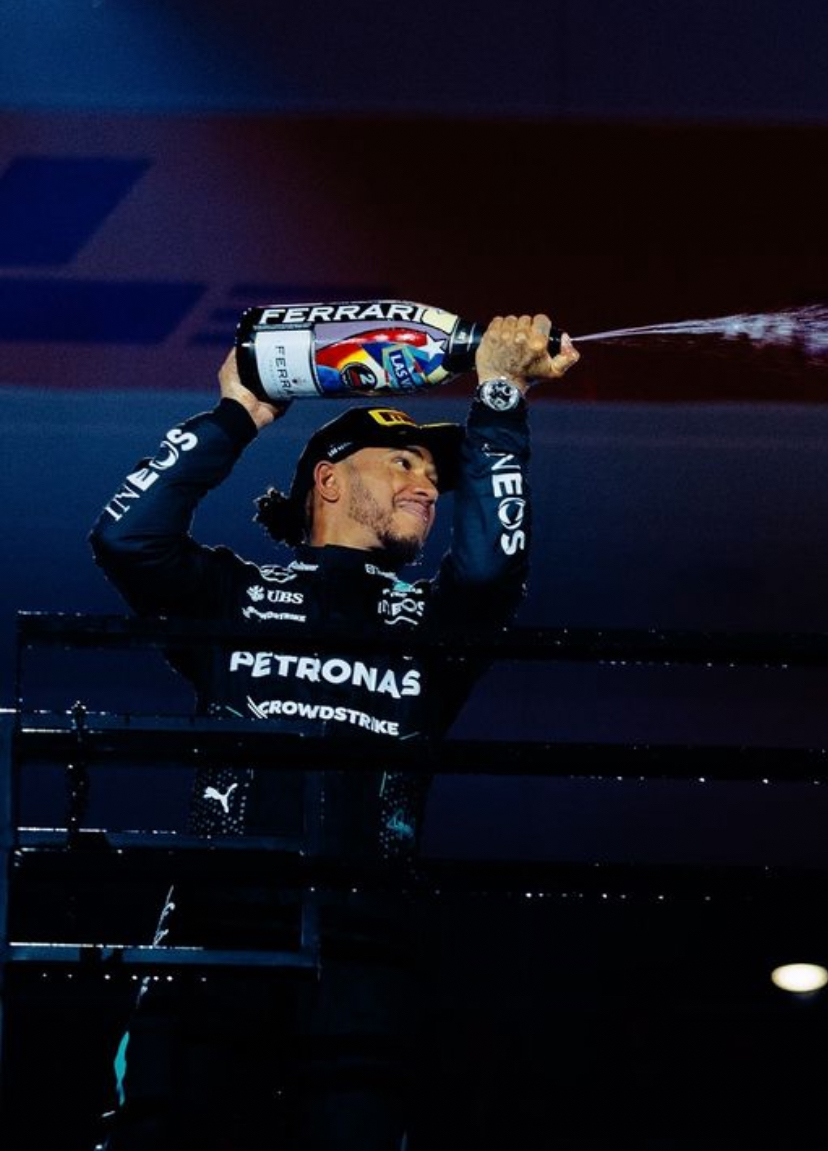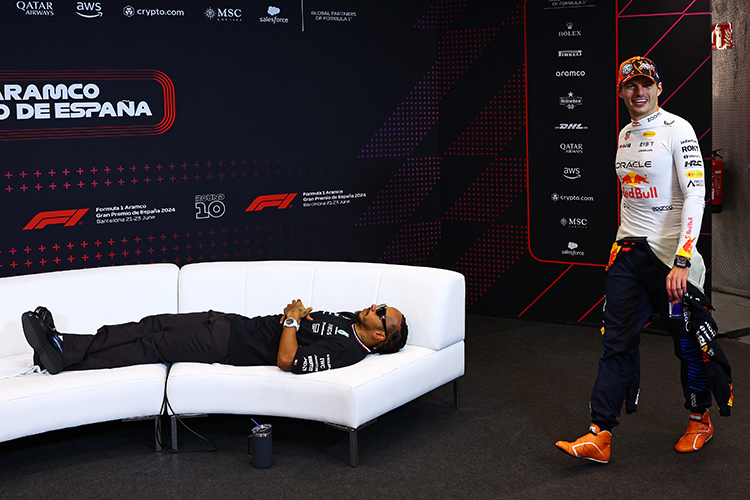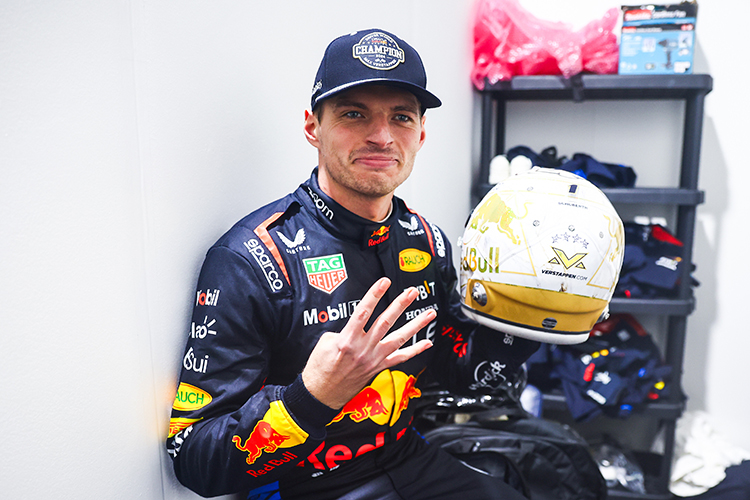The Strategic Pivot: How F1 Teams Use Pit Stops to Salvage Underperforming Races

Formula 1 World Champions: A legacy of racing legends
How do teams use pit stops to adjust their race strategy if they’re not performing well?
Discover how Formula 1 teams use pit stops to adjust race strategies, including tire changes, aerodynamic tweaks, and safety car opportunities, to salvage underperforming races.
The Dynamics of a Pit Stop
In Formula 1, a pit stop is much more than a routine tire change. It’s a precisely choreographed process that can determine a team’s success or failure during a race. Key tasks performed during a pit stop include:
- Tire Change: Switching to a different compound to adapt to changing track conditions.
- Wing Adjustments: Fine-tuning aerodynamics for improved handling and balance.
- Minor Repairs: Addressing small issues to prevent them from escalating.
Reactive Strategy Adjustments Through Pit Stops
1. Undercut & Overcut
The undercut and overcut are powerful strategies used to gain track position:
- Undercut: Pitting earlier to capitalize on fresh tires and faster lap times.
- Overcut: Staying out longer to maximize performance before pitting.
2. Switching Tire Compounds
Tire compound changes can address grip issues or excessive degradation:
- Soft Tires: Ideal for short, aggressive stints with superior grip.
- Hard Tires: Suited for long stints with durability but less grip.
Strategic Pit Stops: Case Studies in Tactical Savvy
Plan B, C, and Beyond
Teams often adapt strategies mid-race, such as switching from a two-stop to a three-stop plan based on real-time conditions like tire wear or weather changes.
Safety Car Opportunities
Safety Car periods offer unique chances for pit stops with minimal time loss. For example, Pierre Gasly’s victory at the 2020 Italian Grand Prix was secured by a perfectly timed pit stop under a Safety Car.
In-Race Adjustments
1. Wing Adjustments
Front wing tweaks during a pit stop can resolve understeer or oversteer, significantly improving car performance.
2. Minor Repairs
Quick fixes during pit stops, such as addressing damaged bodywork or cooling issues, can keep cars competitive and prevent retirements.
Communicative Synchrony
Driver Feedback
Drivers provide real-time input on tire grip and car balance, helping teams make informed pit stop decisions.
Data Analysis
Telemetry data plays a vital role in determining optimal pit stop timing and adjustments, giving teams a competitive edge.
Conclusion
Pit stops are an essential tool in Formula 1 strategy, enabling teams to adapt dynamically to race conditions. Whether executing an undercut, adjusting tire compounds, or making aerodynamic tweaks, a flawless pit stop can turn a challenging race into a triumph. In the relentless pursuit of success, F1 teams leverage every pit stop as a strategic weapon, proving that precision and adaptability are key to conquering the track.
Up Next


